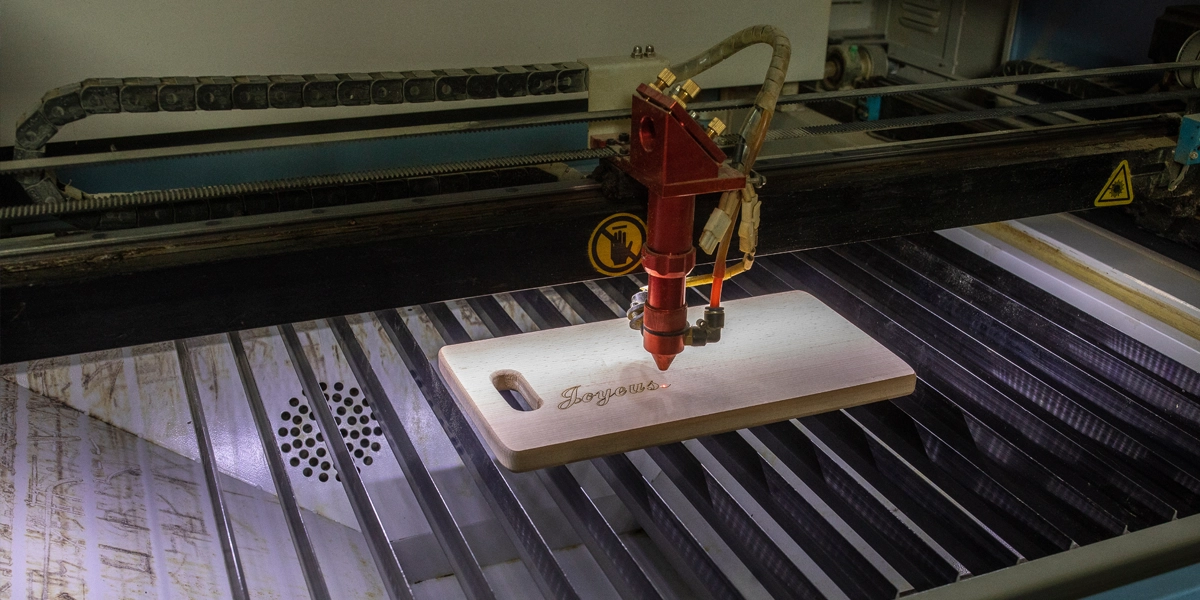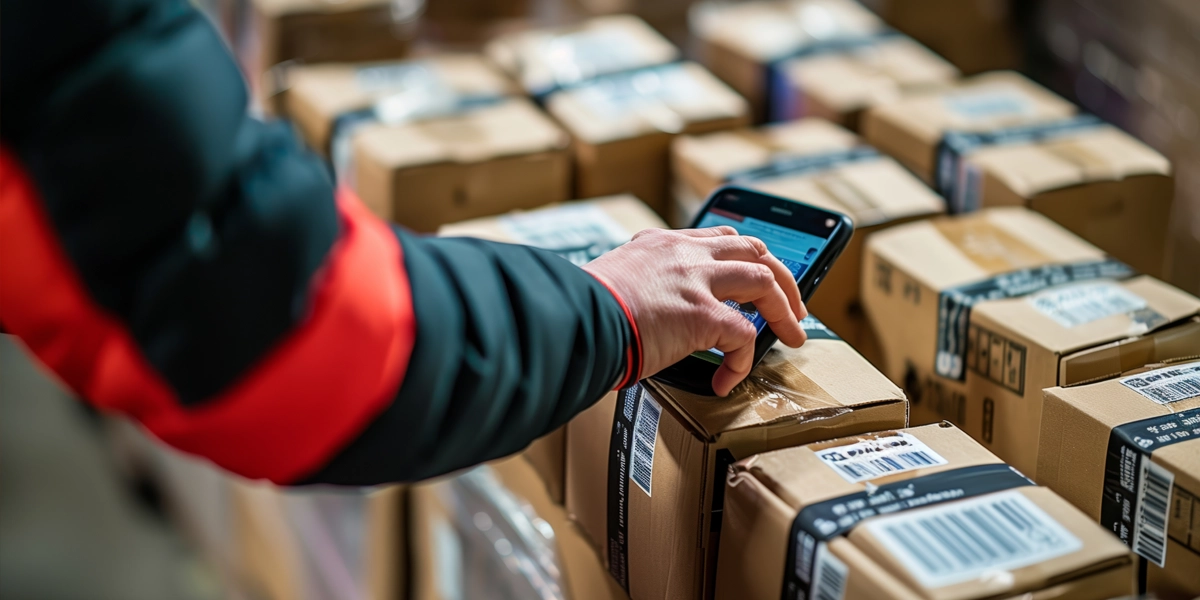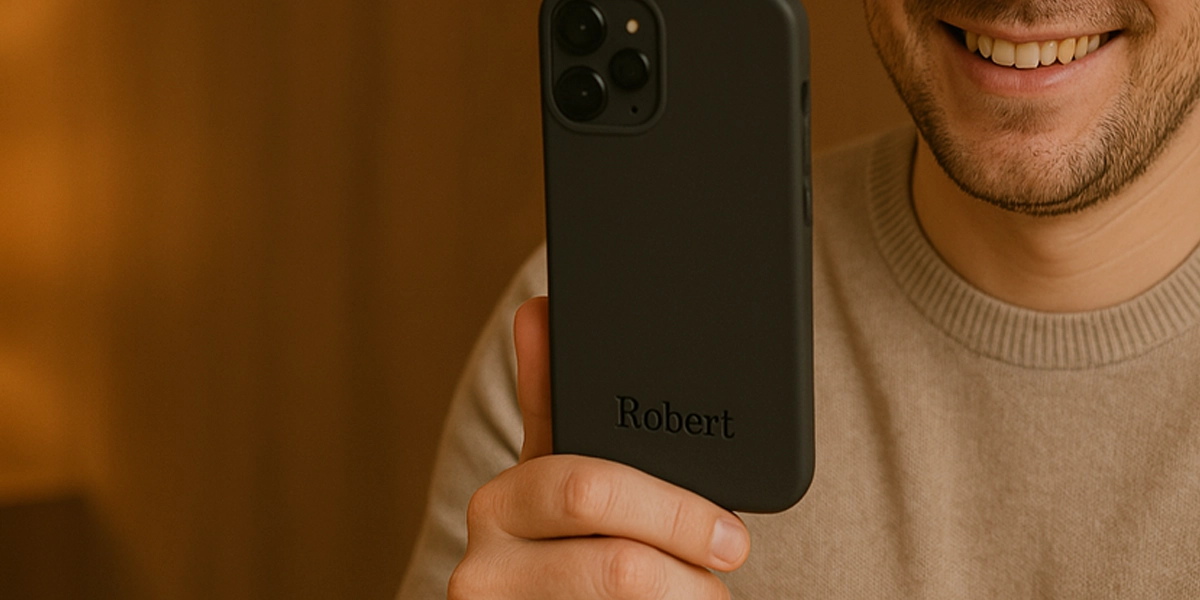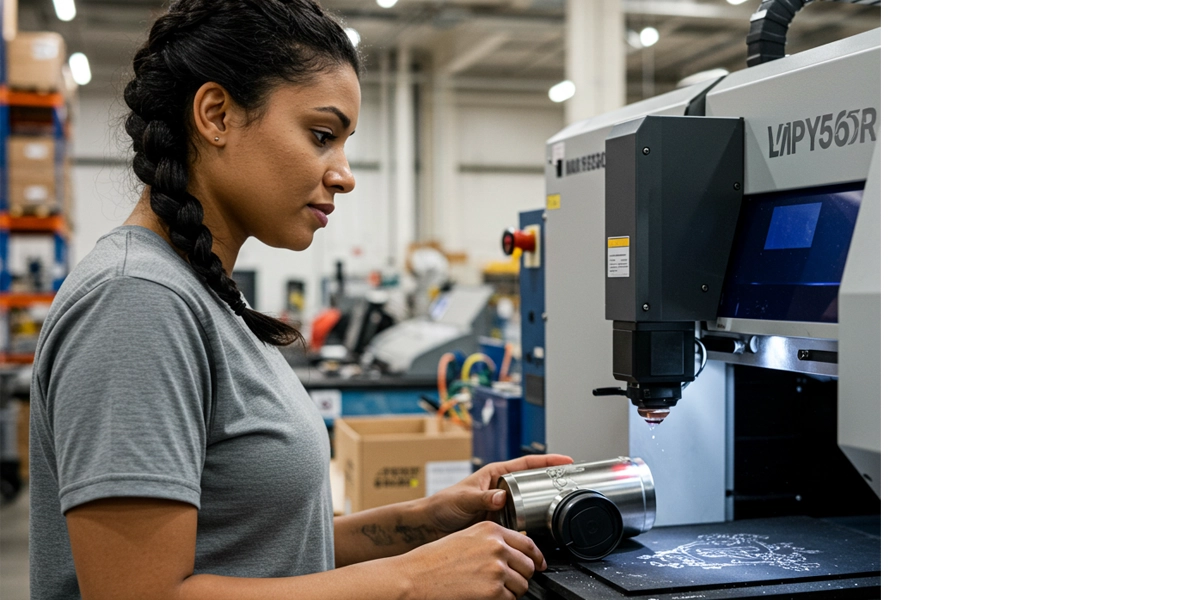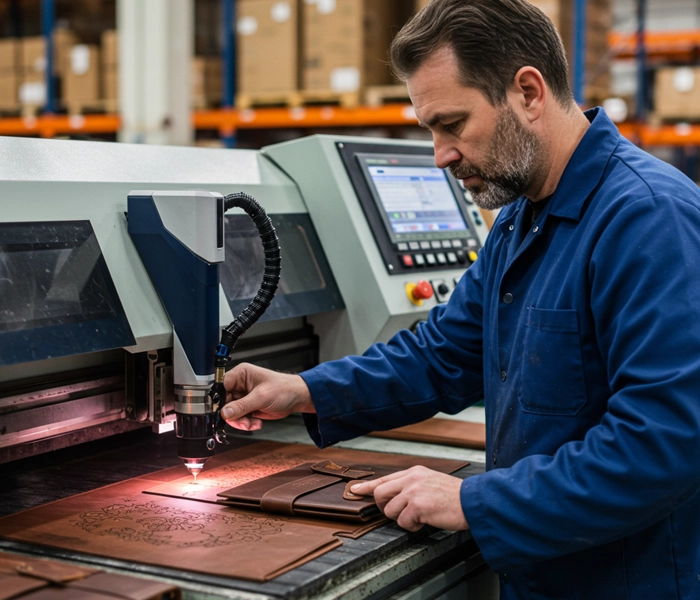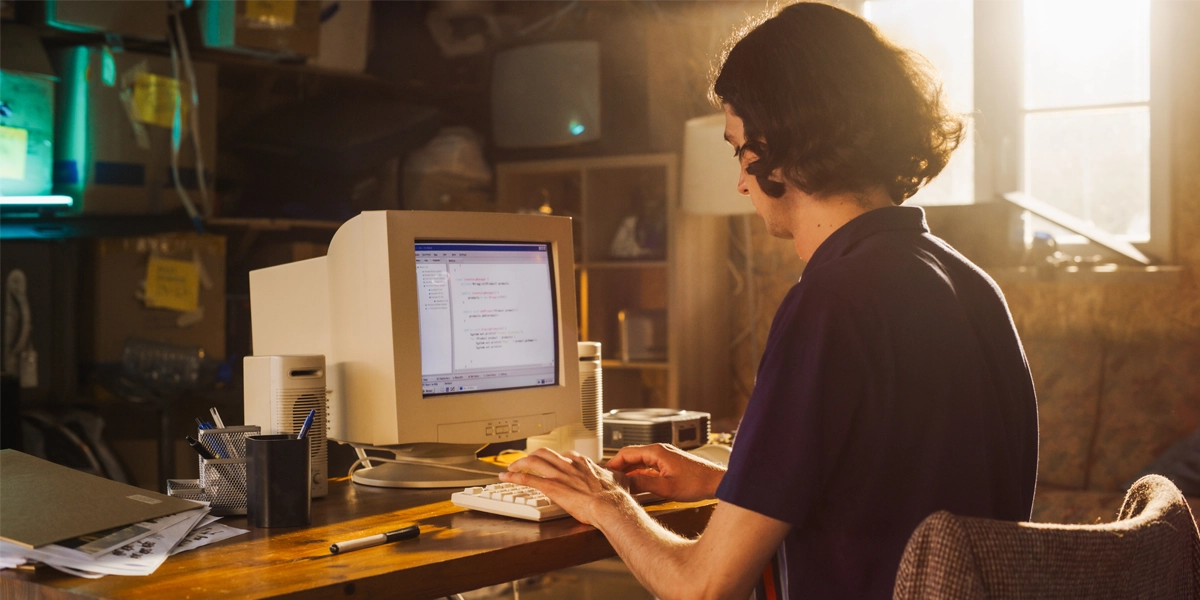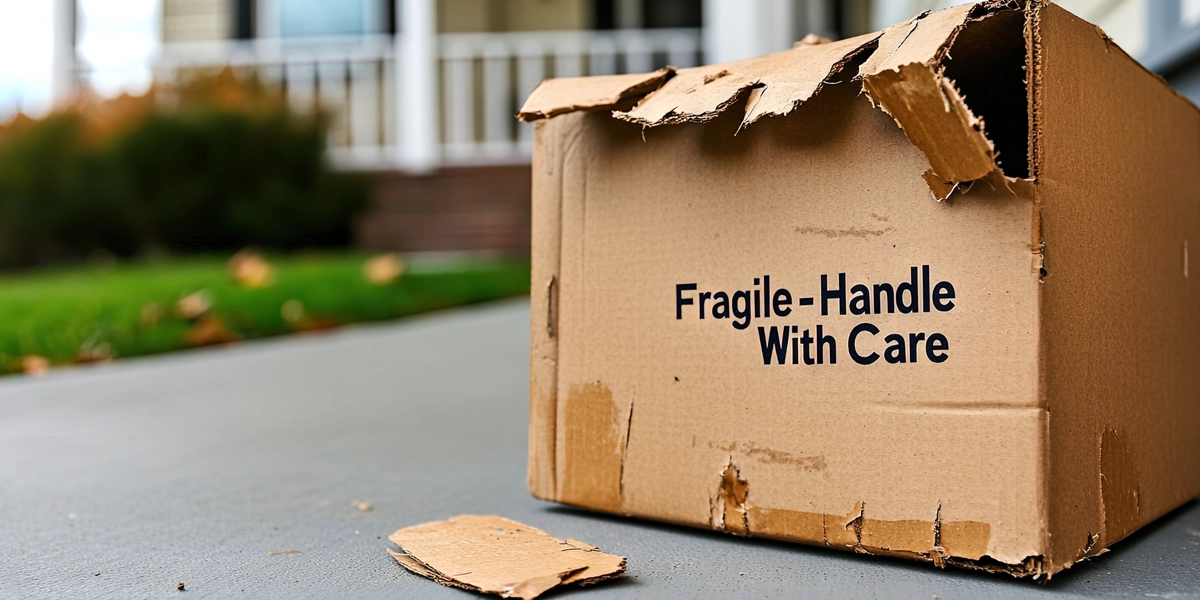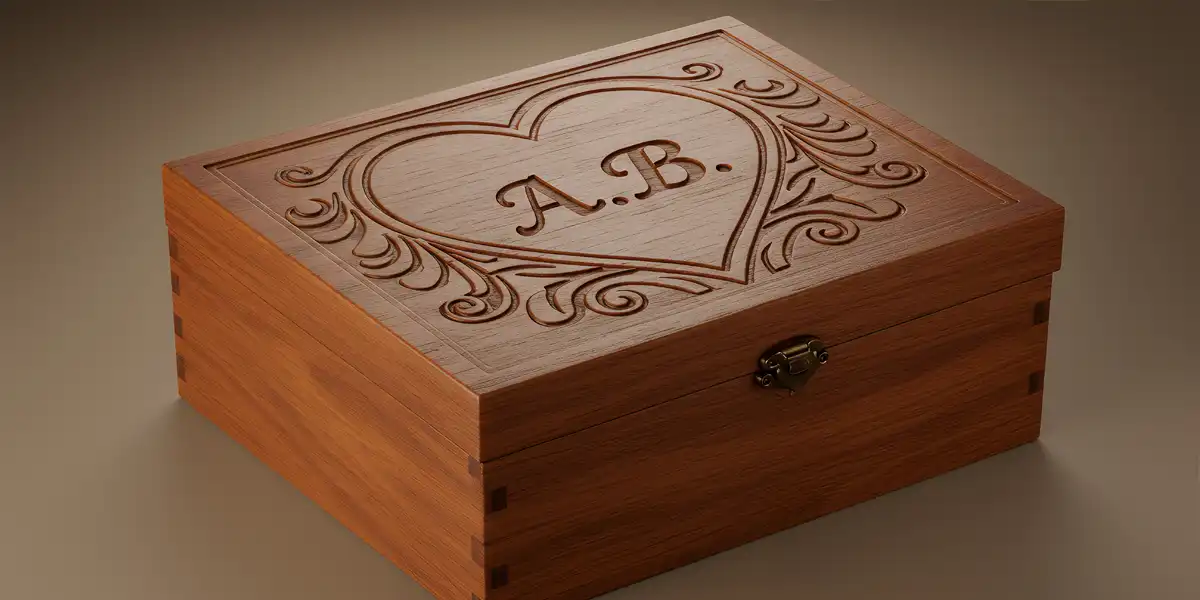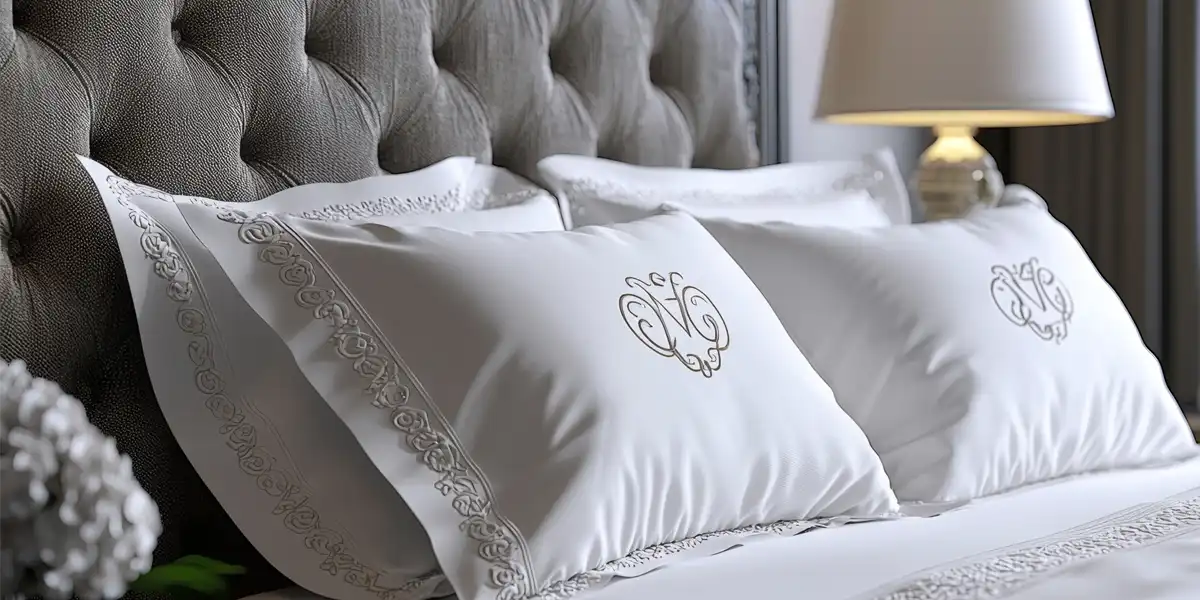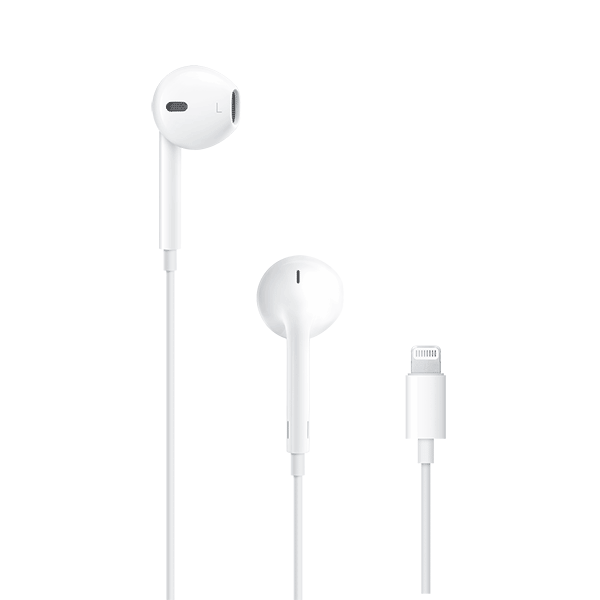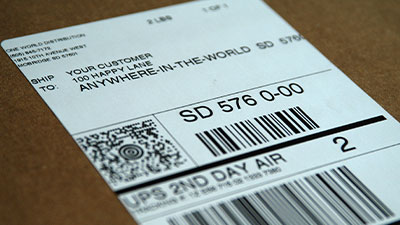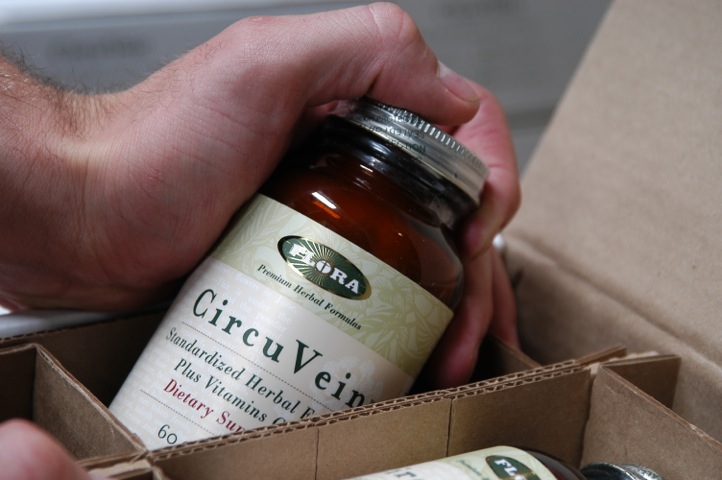In This Article:
The Art of Caring for Your Personalized Charcuterie Board
Personalized charcuterie boards have surged in popularity, becoming the go-to choice for serving cheese, meats, and appetizers. Their unique engravings add a touch of elegance and individuality to any gathering. However, maintaining their visual appeal and functionality requires proper care.
Why is proper care crucial?
- Longevity and Performance: Regular maintenance ensures your board remains a durable and reliable serving piece.
- Hygiene: Proper cleaning techniques prevent bacterial buildup, ensuring safe food preparation.
Key takeaway: With the right cleaning techniques, sanitization methods, and regular maintenance practices, you can ensure that your engraved cutting board remains a stunning centerpiece for your gatherings.
This article covers everything from cleaning to seasoning, guiding you through personalized charcuterie board care instructions. Expect detailed cleaning tips and strategies to maintain your board’s beauty and functionality.
Understanding the Difference: Charcuterie Boards vs Cutting Boards
When you compare a charcuterie board to a cutting board, distinct differences emerge. A charcuterie board is designed for presentation and serving, typically crafted from high-quality wood with beautiful engravings or personalizations. It showcases an array of cheeses, meats, fruits, and appetizers, elevating any gathering with its aesthetic appeal.
In contrast, a cutting board is primarily functional, made for chopping and slicing ingredients during meal preparation. While both boards are essential kitchen tools, their purposes diverge significantly.
Popular Uses for Personalized Charcuterie Boards:
- Cheese Displays: Perfect for assorted cheeses paired with crackers and fruits.
- Meat Platters: Ideal for cured meats like prosciutto and salami.
- Appetizer Arrangements: Excellent for presenting hors d’oeuvres in an organized manner.
Understanding these differences ensures you treat and maintain each board appropriately for its intended use.
How to Clean Your Wooden Charcuterie Board Like a Pro
Proper cleaning is crucial for maintaining the integrity and appearance of your personalized charcuterie board. Here’s how to clean a wooden charcuterie board effectively:
Step-by-Step Cleaning Process
- Remove Excess Food Debris: Use a soft spatula to scrape off any remaining food particles.
- Hand Wash with Gentle Soap: Opt for mild, unscented dish soap to avoid leaving residues or strong scents. Use a soft sponge or cloth dipped in warm, soapy water. Gently scrub the surface without soaking the wood.
- Rinse Thoroughly: Ensure all soap is washed away under running water, but avoid excessive water exposure.
- Dry Immediately: Pat the board dry with a clean towel and let it air dry upright to prevent warping.
Importance of Hand Washing vs. Dishwasher Use
- Hand Washing: Essential for preserving the wood’s texture and engraving details. Dishwasher heat and strong detergents can cause cracking, warping, and fading of engravings.
- Avoid Dishwashers: High temperatures and prolonged moisture exposure in dishwashers can damage the wood fibers. Harsh detergents may also discolor and deteriorate personalized engravings.
Following these steps ensures your engraved cutting board remains a functional and aesthetic centerpiece for your gatherings.
Sanitizing Techniques for a Safe and Hygienic Board
Ensuring your personalized charcuterie board is both safe and hygienic involves proper sanitization. Effective methods for sanitizing wooden boards include:
- Bleach Solution: A diluted bleach solution (one tablespoon of unscented liquid chlorine bleach per gallon of water) can be applied to the board. Use a cloth or sponge to wipe the surface and let it sit for a few minutes before rinsing thoroughly with water.
- Vinegar: Another excellent option is vinegar, which is natural and non-toxic. Simply spray white vinegar directly onto the board and let it sit for five minutes before wiping it off with a damp cloth.
Sanitizing frequency depends on usage, but typically:
- After Every Use: Following each use, especially after contact with raw meats.
- Weekly Maintenance: Even when not used frequently, sanitize your board weekly to maintain hygiene standards.
Regular sanitization ensures your engraved cutting board remains a functional tool and a beautiful centerpiece.
Oiling and Conditioning: The Key to Preserving Your Board's Beauty
Oiling your personalized charcuterie board is crucial for wood preservation and preventing cracks, ensuring it remains a stunning centerpiece for years. The right oils penetrate the wood fibers, creating a barrier that protects against moisture and microbial growth.
Recommended Oils:
- Food-grade mineral oil: This is one of the best oils for cutting boards due to its non-toxic nature and excellent absorption.
- Beeswax: Often combined with mineral oil, beeswax adds an extra layer of protection and gives your board a smooth finish.
Application Frequency:
- New Boards: Condition your new charcuterie board once a day for the first week.
- Regular Maintenance: Reapply oil or conditioner once a month or as needed when the board appears dry.
To apply:
- Clean and thoroughly dry the board.
- Pour a small amount of oil onto a clean cloth.
- Rub the oil into the wood in circular motions, covering all surfaces.
- Let it sit overnight to allow full absorption.
- Wipe off any excess oil with a dry cloth.
These steps will keep your charcuterie board functional and visually appealing, ready to impress at any gathering.
Best Practices for Storing and Maintaining Your Charcuterie Board
Proper storage is essential to ensure your personalized charcuterie board remains in pristine condition. Here are the best practices for storing wooden boards:
- Keep it Dry: Always store your charcuterie board in a dry environment. Moisture can lead to warping, cracking, and mold growth.
- Avoid Direct Sunlight: Prolonged exposure to sunlight can cause discoloration and warping. Place your board in a shaded area.
- Temperature Control: Extreme temperature fluctuations can damage the wood. Store your board in a stable temperature setting.
- Vertical Storage: If space allows, store your board vertically to prevent any moisture from being trapped underneath.
- Use Protective Covers: To protect wooden boards from dust and other environmental factors, consider using breathable covers or bags designed specifically for them.
By following these storage guidelines, you extend the life of your engraved cutting board, maintaining its beauty and functionality for years to come.
Repairing Knife Marks: When to Sand and Re-Oil Your Board
Addressing knife marks on your personalized charcuterie board is essential for maintaining its pristine appearance and functionality. Proper sanding techniques can fix shallow knife marks and stains.
1. Sanding Techniques:
- Use coarse-grit sandpaper (220-320 grit) to gently sand the affected area.
- Sand in the direction of the wood grain to prevent scratches.
- For deeper cuts, start with a coarser grit (120-150) and finish with a finer one.
2. Re-Oiling After Repairs:
- Once sanding is complete, clean the board with a damp cloth to remove sawdust.
- Allow it to dry thoroughly before applying oil.
- Use food-grade mineral oil or beeswax to condition the wood, restoring its natural luster.
With consistent care, including timely repairs, your engraved charcuterie board will remain a stunning centerpiece for all your gatherings.
Avoiding Common Mistakes in Charcuterie Board Care
Taking care of your personalized charcuterie board requires awareness of common mistakes that can ruin its appearance and safety. One of the biggest mistakes is using spoiled oils on cutting boards.
Oils like vegetable or olive oil can go bad over time, causing unpleasant smells and tastes that can transfer to your food. This not only ruins the dining experience but also poses potential health risks.
To avoid these problems, use food-grade mineral oil or a mixture of mineral oil and beeswax for conditioning. These options do not spoil and provide the necessary protection without affecting the board’s usability.
By avoiding these common mistakes, you ensure your charcuterie board stays both beautiful and functional for many years.
Seasonal Care Instructions for Your Custom Charcuterie Board
Seasonal Variations in Care Needs
Your custom charcuterie board requires tailored care throughout the year to counteract temperature fluctuations and humidity changes. These seasonal variations can affect the wood’s integrity, potentially leading to warping, cracking, or mold growth.
- Winter Care: In colder months, indoor heating can dry out your board. To combat this, increase the frequency of oiling to maintain moisture levels.
- Summer Care: High humidity and heat can cause the wood to expand. Store your board in a cool, dry place and reduce oiling frequency to prevent oversaturation.
- Spring and Fall: Transitional seasons bring variable humidity levels. Adjust care routines as needed, observing the board for signs of dryness or excess moisture.
How to Properly Season Your Engraved Cutting Board Throughout the Year
Seasoning your charcuterie board involves regular oiling and conditioning to preserve its beauty and functionality.
- Clean Thoroughly: Always clean your board with gentle soap and water, then let it dry completely.
- Apply Oil: Use food-grade mineral oil or a beeswax conditioner. Pour a generous amount onto the board’s surface.
- Rub In: Using a soft cloth, rub the oil in circular motions, ensuring even coverage across all areas.
- Let It Soak: Allow the oil to soak in for several hours or overnight if possible.
- Wipe Excess: Remove any remaining oil with a clean cloth.
Frequency of Seasoning:
- Winter: Every 2-3 weeks
- Summer: Monthly
- Spring/Fall: Every 4-6 weeks
Proper seasonal care ensures your personalized charcuterie board remains an exquisite centerpiece at every gathering.
Embrace Personalization: Customization Options for Your Board
Personalizing your engraved charcuterie board not only enhances its aesthetic appeal but also adds a unique touch to your gatherings. Customization options offer both decorative and practical benefits, making your board a true reflection of your style and preferences.
Benefits of Engraving or Personalizing
- Aesthetic Enhancement: An engraved charcuterie board can become a stunning centerpiece with intricate designs, names, or meaningful quotes.
- Utility: Personalization helps differentiate boards, especially in households with multiple users or during events with numerous guests.
Ideas for Customizing Your Board
- Names: Engrave family names or initials for a personal touch.
- Quotes: Add inspirational quotes or family mottos to make the board more meaningful.
- Designs: Incorporate custom artwork, symbols, or patterns that resonate with your personality or the theme of your gatherings.
Customizing your charcuterie board transforms it into a cherished piece that complements any occasion while reflecting your individual taste.
Offer Personalized Charcuterie Boards and Much More with P2C Fulfillment
Taking proper care of engraved charcuterie boards extends their life and maintains their aesthetic appeal. If you run an ecommerce business selling charcuterie boards and are interested in offering personalized options, discover the easiest way to get started with personalized-to-consumer (P2C) fulfillment. With a simple plugin, you can begin offering product customization with engravings, embroidery, and direct-to-object printing. You can also customize packaging and include personalized greeting cards in each order. This approach can significantly improve your customer engagement and sales conversion rates.
Schedule a logistics consultation to learn more about P2C fulfillment and our suite of fulfillment services, including call center services, and more.
In This Article:
Subscribe to our Newsletter
Tincidunt urna mauris eu quam vulputate lobortis sit. Purus feugiat arcu nunc quisque massa ut.









